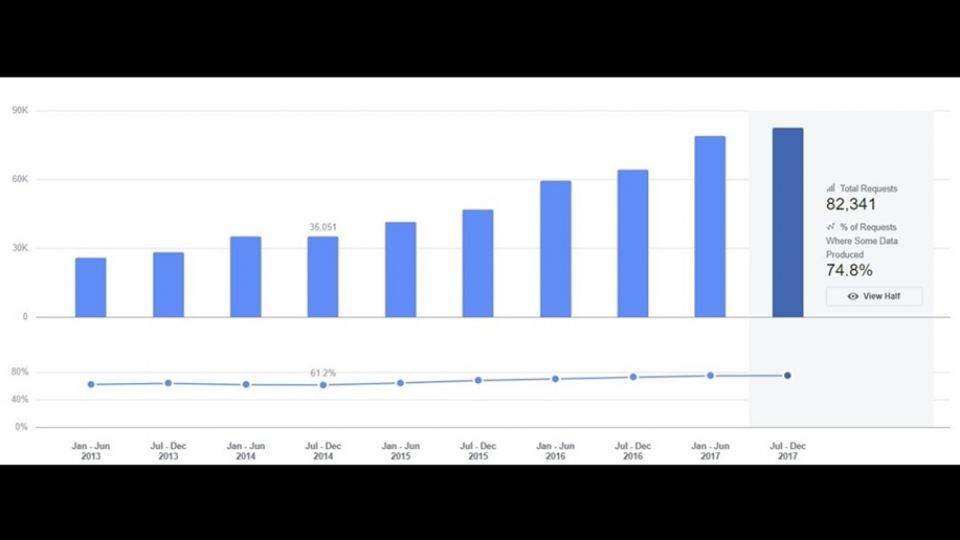February 19, 2020
Director-general calls on countries to seize the window of opportunity.
The World Health Organization has said that the latest data from China helps it better understand the outbreak of novel coronavirus pneumonia, or COVID-19, enabling it to provide better advice to member countries.
As of Tuesday morning, China reported a total of 72,436 cases of infections, including 1,868 deaths. Monday saw 1,886 new cases on the Chinese mainland, which include both clinically confirmed and lab confirmed cases, according the National Health Commission.
Outside China, there were 694 cases in 25 countries and three deaths, the WHO announced on Monday.
“As more data comes in from China, we are starting to get a clearer picture of the outbreak, how it’s developing and where it could be headed,” said WHO Director-General Tedros Adhanom Ghebreyesus.
China published a paper on Monday with detailed data on more than 44,000 confirmed cases of COVID-19, which provides a better understanding about the age range of people affected, the severity of their diseases and the mortality rate.
“It is very important in enabling the WHO to provide good evidence-based advice to countries,” Tedros said.
While the data appears to show a decline in new cases, Tedros warned that the trend must be interpreted cautiously. “Trends could change as new populations are affected. It’s too early to tell if this decline will continue. Every scenario is still on the table,” he said.
The WHO director-general said that COVID-19 does not appear as deadly as other coronavirus outbreaks such as severe acute respiratory syndrome and Middle East respiratory syndrome.
Data shows that more than 80 per cent of patients have a mild form of the disease and will recover. In about 14 per cent of the cases, the virus results in a serious condition, including pneumonia and shortness of breath. And about 5 percent of the patients have a critical form, such as respiratory failure and multiple organ failure. In 2 per cent of the reported cases, the virus is fatal, and the risk of that increases with age.
“We see relatively few cases among children. More research is needed to understand why,” Tedros said.
He called on countries to seize the window of opportunity that still remains. “We need resources now to ensure countries are prepared now. We don’t know how long this window of opportunity will remain open. Let’s not squander it,” he said.
Tedros said a WHO international team of experts is now on the ground in China working with Chinese counterparts to better understand the outbreak.
Michael Ryan, executive director of the WHO’s Health Emergencies Program, said the team had important face-to-face meetings with their Chinese counterparts. “It’s excellent to see such eminent international experts working side by side with their Chinese counterparts,” he said.
He said the team would visit different provinces in China to see things “on the ground” and continue their work together.


